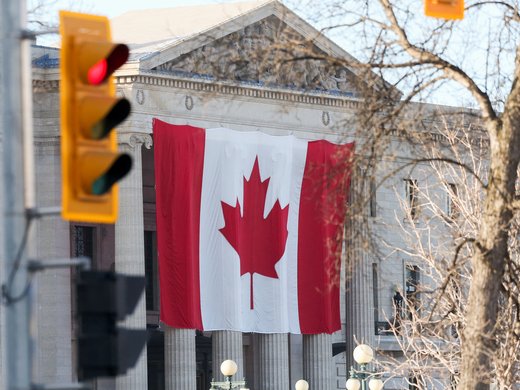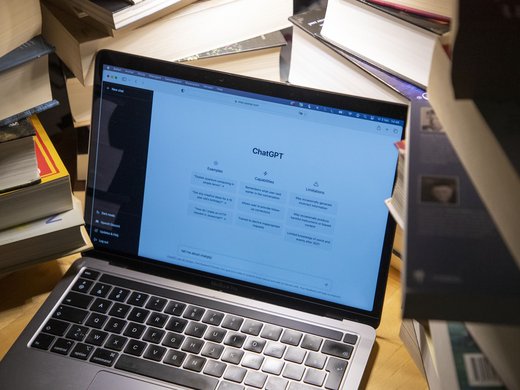Transnational exchanges of plant, microbial and animal genetic resources are essential for scientific and agricultural research as well as for downstream commercial applications in many important fields, including food security and medicines. Exports of in situ plant cultivars and microbial specimens discovered through bioprospecting require the permission of provider governments under the Convention on Biological Diversity (CBD) of 1992, with specific regard to prior informed consent (PIC), mutually agreed terms (MAT) and access and benefit-sharing (ABS) agreements. Ex situ plant cultivars for both research and applications are available from seed banks governed by the International Treaty on Plant Genetic Resources for Food and Agriculture (ITPGRFA, 2001), subject to benefit-sharing obligations imposed on commercial applications by standard material transfer agreements (SMTAs). Similarly, ex situ microbial specimens are made available for research and applications from public repositories governed by the World Federation for Culture Collections (WFCC) under SMTAs consistent with the CBD. In all cases, the use of traditional knowledge associated with genetic resources requires the permission of relevant Indigenous populations, including PIC, MAT and ABS. The Nagoya Protocol to the CBD (2010), entered into force in 2014, further requires all member countries to cooperate in cross-border enforcement of the CBD’s provisions. Under the protocol, end products based on or derived from genetic resources, including genomic sequence data, will become subject to seizure by national checkpoints unless they comply with the CBD. Compliance certificates will be made available for this purpose by a clearing house to be established under the protocol.
With specific regard to science policy, article 4 of the Nagoya Protocol expressly validates multilateral regimes of facilitated access to ex situ genetic resources for both basic and applied research, subject to built-in “take-and-pay” rules for commercial applications. The ITPGRFA was thus rendered legally consistent with the CBD by dint of the Nagoya Protocol.The WFCC has developed SMTAs to cover its activities as “trusted intermediaries.” However, it should consider reorganizing itself as an international regime for facilitated exchanges of ex situ microbial materials, with a built-in "take-and-pay" rule for commercial applications. Such a redesigned Microbial Research Commons should adopt a science-friendly governance structure that improves upon the scheme implemented by the United Nations Food and Agriculture Organization’s ITPGRFA, and it should also incorporate the World Data Centre for Microorganisms, currently situated in China.


